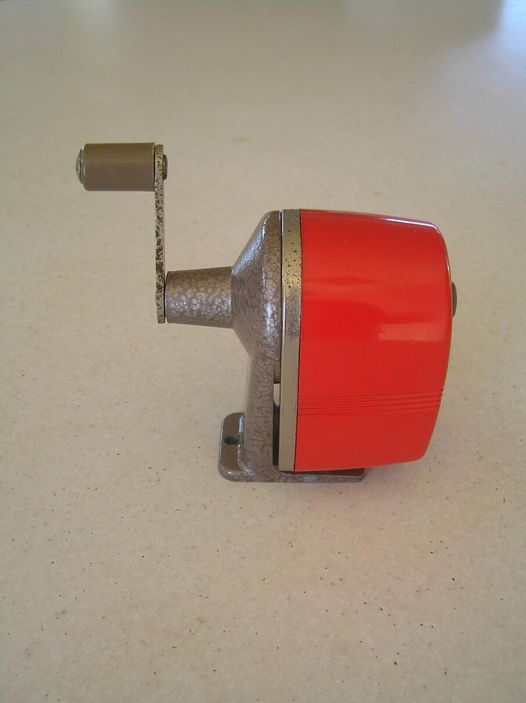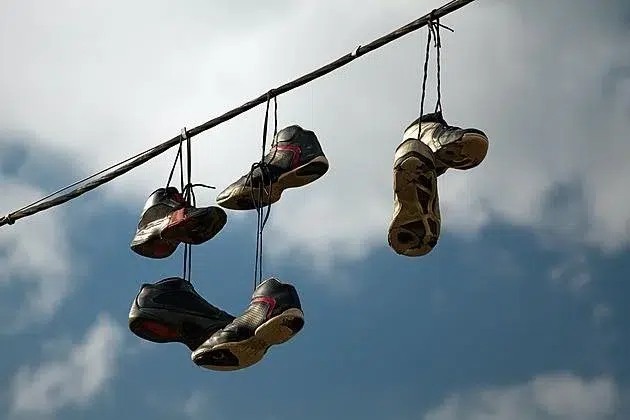Do you remember the satisfying sound of a pencil sharpener whirring away? For many of us, especially those of a certain age, vintage pencil sharpeners are cherished objects that bring a warm wave of nostalgia. These little devices are more than just tools; they are a window into our past, reflecting the evolution of writing and the simple joys of childhood and creativity.
Introduction to Vintage Pencil Sharpeners

Vintage pencil sharpeners stand as timeless relics of a bygone era. They offer a fascinating glimpse into how writing instruments and office supplies have evolved. Once a common sight in schools and offices, these iconic gadgets have left a lasting mark on the history of writing and creativity.
Historical Origins
The story of the pencil sharpener begins in the early 19th century. Back then, the first manual sharpeners were invented to serve the growing popularity of graphite pencils, which had become essential during the Industrial Revolution. These initial models were simple, hand-cranked devices designed to give your pencil a perfect point.
Evolution of Design and Functionality
As times changed, so did pencil sharpeners. Their design and functionality evolved to keep up with advancements in technology and manufacturing. The early hand-cranked models eventually gave way to electric sharpeners in the mid-20th century, offering speed and precision. Portable sharpeners also emerged, making it convenient for students and professionals to sharpen pencils wherever they were.
Practical Application
Remember the crucial role these sharpeners played in keeping our pencils sharp and ready for action? Whether in the classroom or an artist’s studio, these devices were indispensable. They ensured that our pencils always had a sharp point, ready for precise writing or drawing, thereby enhancing the quality of our work.
Cultural Significance
The cultural significance of vintage pencil sharpeners runs deep, especially in education and creativity. In schools, the familiar sound of pencil sharpeners became synonymous with learning and diligence. Artists and writers alike depended on these devices to keep their creative processes flowing smoothly. They became treasured companions in the journey of education and artistic expression.
Legacy of Craftsmanship
One of the remarkable aspects of vintage pencil sharpeners is their craftsmanship and durability. Unlike many modern, plastic versions, these old models were built to last. Made from sturdy materials like metal or cast iron, they were durable enough to be passed down through generations, becoming cherished heirlooms in many families.
Modern Resurgence
While the advent of mechanical or electric alternatives has reduced the prevalence of traditional pencil sharpeners, a renewed interest in vintage models has emerged among collectors and enthusiasts. These classic sharpeners are now sought after for their nostalgic charm and retro aesthetic. They adorn desks and shelves as beautiful reminders of simpler times.
Conclusion
Vintage pencil sharpeners are far more than mere tools—they are emblems of history, craftsmanship, and the enduring spirit of creativity and education. In an increasingly digital world, these nostalgic devices remind us of the artistry involved in analog craftsmanship. They continue to inspire admiration for the art of writing and drawing, preserving the legacy of simpler, yet profoundly meaningful, times.




